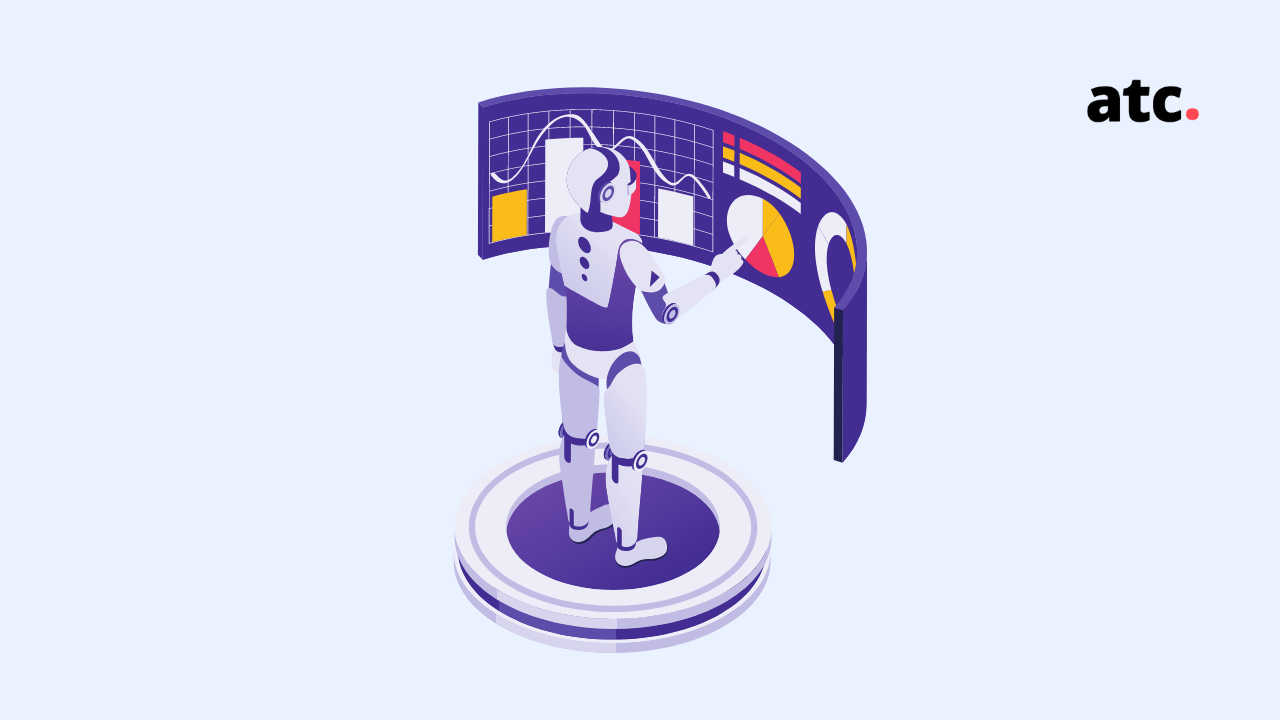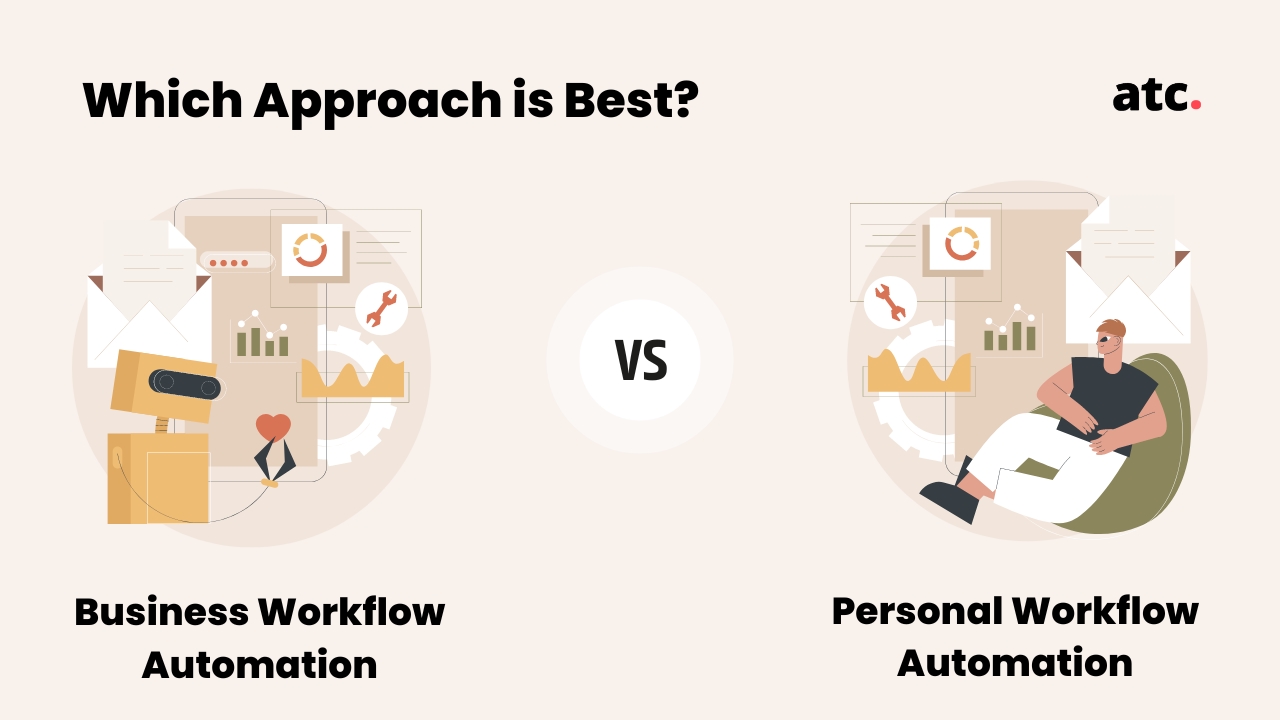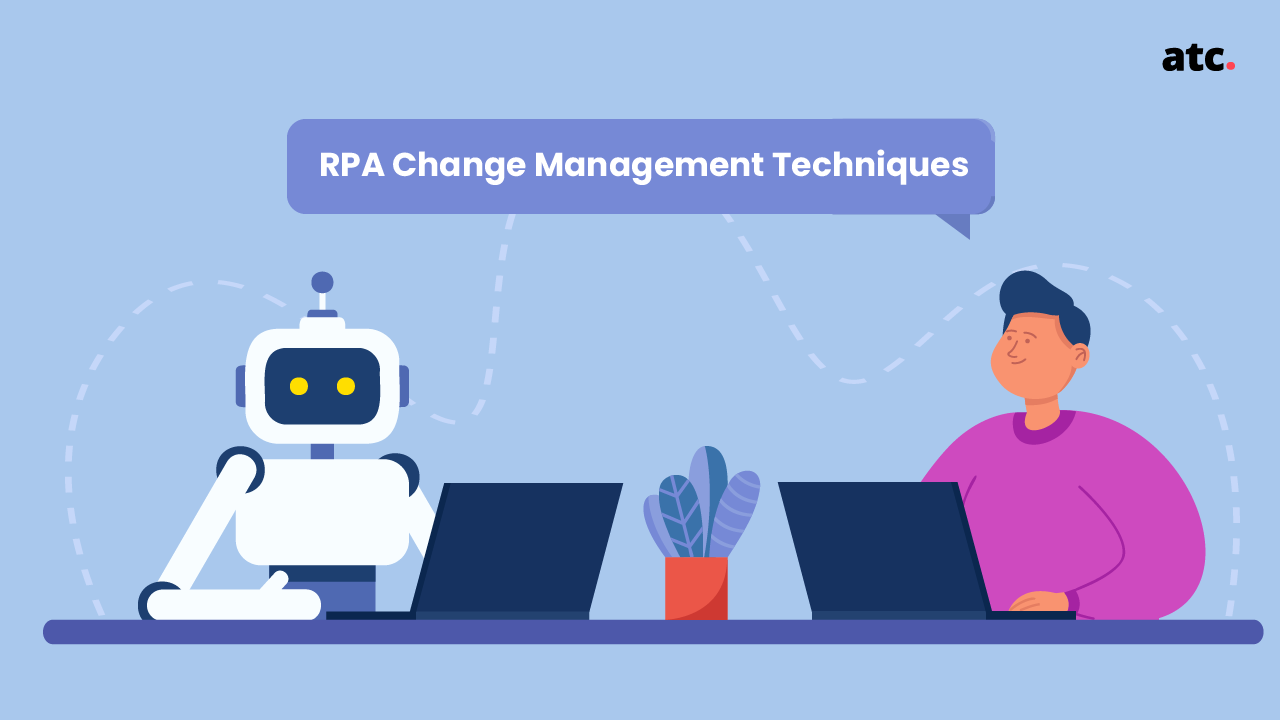Subscribe to the blog
When people think about change management, it is usually related to people, technology, and processes and their impact on customers. But the onset of COVID-19, geopolitical conflicts, and rising inflation has disrupted many activities across industries and made businesses adopt an agile approach.
A 2022 Gartner survey shows that the economic downturn is a significant risk that most senior executives are worried about. Growing fears about recession and other woes have radically shifted how businesses work and deliver.
To address today’s most pressing challenges and unlock opportunities, tech leaders are moving fast and looking for ways to remain competitive.
One of the fastest ways to unlock business opportunities is leveraging RPA.
RPA has helped businesses stay on top of the challenge to deliver continuously. Let’s discuss how RPA technology drives business growth even in uncertain times.
Driving Operational Efficiency
The disruptions caused by the 2020 COVID-19 Pandemic and the ongoing bumpy recovery process have put significant pressure on businesses to achieve sales targets. After months of restrictions and lock-downs, economic activities are now in full swing, yet supply-side shortages can hinder you from meeting your sales quota. A recent study by Deloitte states that over 85% of organizations recovering from COVID-19 are rethinking how work is done.
In such a situation, you should look at the bigger picture and design an operational strategy that helps you innovate faster than your competitors.
Enter RPA.
With RPA, you can eliminate repetitive tasks and scale the technology to achieve operational efficiency across business functions. When multiple business processes are automated, companies will improve the resilience of their operations to meet demands and eliminate supply-side shortages.
A Quick Case Study!
In 2021, the automotive industry faced a massive shortage of semiconductor chips due to the COVID-19 crisis. This shortage was causing outrage and forcing OEMs to close down automotive production lines or remove special features from the car model. The decreased semiconductor supply and the rising demand caused chaos, making the automotive industry redefine its strategy.
As a solution, car-making companies integrate RPA with their production lines to reduce response time and drive better quality chip fabrication. The integration has helped giants like TCS remove anomalies in the production of semiconductors.
Optimizing Costs
A 2022 CNBC survey shows that more than two-thirds of tech leaders will increase their spending on technology this year. The study also states that tech leaders believe investing in technology is not a cost center. Instead, it is a valuable strategy that mitigates risks and creates long-term value for the business.
Let’s look at this perspective in a more detailed manner!
When a business finds itself in economic turmoil, it turns toward internal processes to cut costs and optimize resources as external factors are beyond control. And the most common strategy they implement is laying off employees. Instead of slashing your workforce, you can leverage RPA growth and reduce overhead costs.
A Quick Case Study!
No-code automation has been a boom for enterprises worldwide. Today, software development companies use workflow automation tools, including RPA, to empower developers to deliver faster software updates. The no-code drag-and-drop construction coupled with RPA technology accelerates development and reduces labor hours, ultimately saving your resources.
Employee Engagement
Things are accelerating in the business world. And while business leaders are busy improving their profit margins, they forget a critical asset- Employees.
The Great Resignation of 2021 is proof of that.
It was a period in 2021 when millions of employees resigned from their jobs in the US. While there are plenty of reasons for this, some critical ones are wage stagnation, the rising cost of living, and long-lasting job dissatisfaction.
This has been an eye-opener for many companies.
They have started intervening and creating better processes for employee retention and engagement. One of these retention processes is the adoption of RPA.
A recent study found that 67% of employees feel crushed by doing the same tasks over and over. 68% of respondents wished they had more time to incorporate new responsibilities into their routine.
With RPA, you can automate most manual processes so that employees do not feel burdened and can focus their energy on high-value things. Whether you are designing a hybrid working model or planning to take your workforce fully remote, automation and AI can help you make your workplace flexible and responsive.
Instances Where RPA Helped Companies Boost Employee Engagement!
- Employee Onboarding: RPA growth isn’t limited to the selection of employees. It can help make the onboarding process for recruits much easier and more fruitful. From creating new account profiles to sending triggered messages of overdue tasks, RPA makes onboarding recruits a breeze.
- Accessing Employee Data: With employee information accessible to you within minutes, you can understand trends and patterns in your workforce and understand what’s most likely to influence turnover in the future.
- Streamlined Payroll and Tax Return Process: It’s no secret that paying your employees on time improves morale. With automated payroll processing, you can ensure that your workforce gets paid on time and they can file for their declarations easily. RPA also lets you incorporate changes in employee salary and maintain absence records to ensure that there are no errors.
Customer Satisfaction
According to a recent report by Washington Post, inflation in America is at the highest level in the last 40 years. The rising costs are further reshaping customer purchasing habits.
With so much at stake, it is natural that your competitors will do everything in their power to get your customer’s attention. So instead of playing offense, it's time to level up your customer experience strategy.
To improve customer experience in testing times, you should remove inefficiencies and provide the best possible customer support. In simpler terms, you need to make customers feel as though your services are worth their precious time and money.
With RPA, you can eliminate human errors and automate your customer support system for quicker resolutions.
A Quick Case Study!
Recession fears have made the banking and financial services industry more agile in their operations. With fluctuations in interest rates and a tedious credit check process, banks need technology to help them evaluate data faster and block fraudulent activities. The onset of rapid changes in the banking industry has also created confusion among the public about financial products and services.
RPA technology drives business growth by speeding up the verification process and identifying possible fraud patterns. RPA bots are doing a remarkable job at answering customer queries in real-time and making them understand the diversified financial products and services.
How Prepared Are You?
If you are wondering how you will survive in uncertain times, economists, leaders, and research analysts have given their answers! Being future-ready is the only option.
RPA technology drives business growth, and now is the best time to jump on the bandwagon. And if you want clarity on how to leverage the technology in a way that drives outcomes and productivity, we can help!
At ATC, we will assess the challenges hindering your growth and provide insights on how RPA solutions can help you overcome them. With a well-prepared implementation approach, our team will deploy solutions that result in positive ROI.
RPA implementation and scaling can be complex. Get in touch with us today and future-proof your business from uncertainties!




